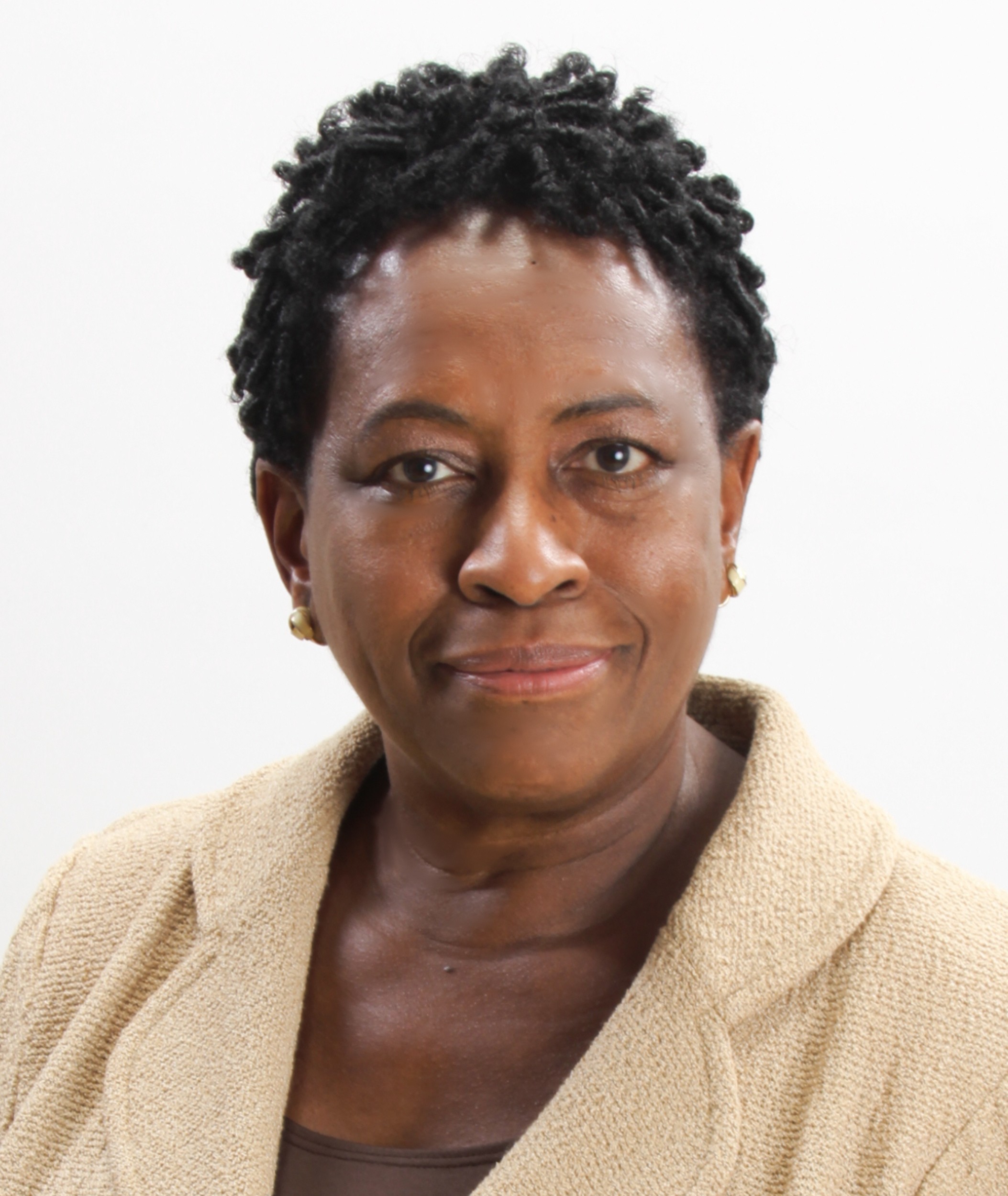No surprise: More blacks and Latinos are dying of Covid-19
Newly released data highlight major racial disparities in deaths from Covid-19, and it’s not surprising. It’s a reflection of the structural racism that has created an unequal foundation for so many aspects of life in America, including widely documented, underlying health disparities for African-American and Latinx people. It should move us to examine structural racism more closely, illuminate its impacts, and redouble our efforts to eliminate it.
According to data released by the City of New York, black and Latinx people are dying of coronavirus at twice the rate of white people. In New York state, excluding New York City, blacks account for 18 percent of deaths, despite comprising just 9 percent of the population. Fourteen percent of the deaths are Latinx people, who make up 11 percent of the population.
In Michigan, according to The Washing Post, African-Americans account for 33 percent of Covid-19 cases and roughly 40 percent of deaths, despite comprising only 14 percent of the population. In Chicago, according to The New York Times, African-Americans account for more than half of those who have tested positive and 72 percent of virus-related fatalities, even though they make up a little less than a third of the population.
Beneath these numbers are underlying health disparities for African-Americans and Latinx people. It is those underlying health problems that land people in the hospital and that lead to more deaths from the virus.
Higher rates of infection for African-Americans are likely exacerbated by such factors as whether they can work from home, whether they work in “essential” services, whether they have routine access to health care, and how quickly they can get that care, among others. A study by New York City Comptroller Scott Stringer found that 75 percent of so-called front-line workers in the city — grocery clerks, bus and train operators, custodians and child-care workers — are minorities.
What we should focus on is this: How do we address the racism that has caused and continues to cause health and other disparities? That’s the question that rightly examines the impediments to racial equity that are leading to these racial differences in Covid-19 deaths.
Structural racism is partly a function of conditions that are baked into our society: the effects of slavery, Jim Crow, redlining and other historic conditions. But it is also partly a function of ongoing activities. ERASE Racism’s own research, and a recent landmark investigation by Newsday, evidenced widespread, contemporary racial discrimination in real estate practices on Long Island, for instance. That discrimination continues to steer black and Latinx people to less-integrated communities with fewer resources, and thus to less-integrated schools with fewer resources.
Anecdotal evidence already identifies disparities in students’ access to distance learning. Some schools send students home with laptops, for instance, while others do not. Some schools provide students with video-based instruction, while others give them packets of material. New York state has left the details of remote learning to individual school districts, and that just amplifies the differences between the well-resourced schools and those with fewer resources.
Again, structural racism is the determinant. The overwhelming percentage of black and Latinx students are in segregated and less-resourced schools, and are at a disadvantage now and, most important, in the fall, when they will most likely return to school behind their peers and the grade level standards.
In 2018, ERASE Racism launched an ongoing regionwide public initiative called How Do We Build a Just Long Island? That’s exactly how we should approach this problem: How do we look at this data and together seek a just America — an America of shared action to disassemble structural racism.
The coronavirus is creating a new future. Let’s create a future together that does not accept the idea that these disparities are unchangeable. Let’s take advantage of the light that Covid-19 is shedding on our society and come together to reflect that light onto a path to justice. It’s time to work together as a nation and root out structural racism for good.
Elaine Gross is president of the Long Island-based ERASE Racism.

 49.0°,
Fog/Mist
49.0°,
Fog/Mist 




